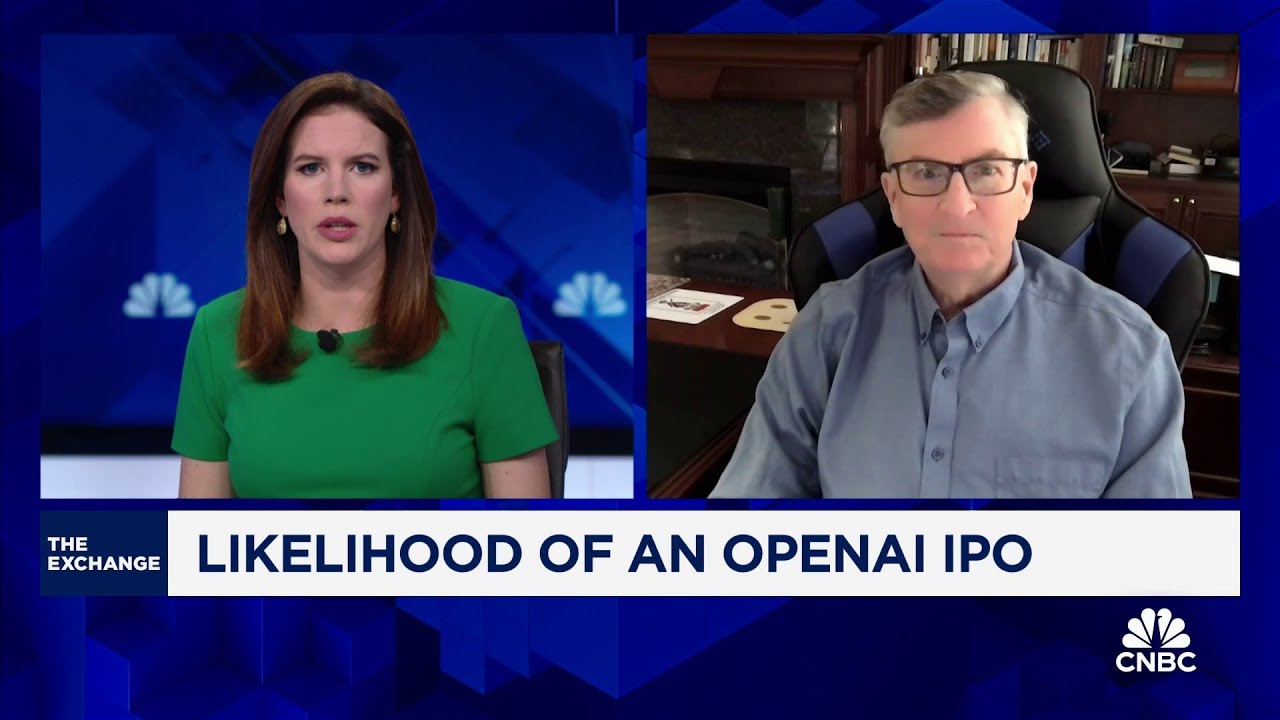Duncan Davidson from Bullpen Capital discussed OpenAI’s strong funding strategy, suggesting that the company is unlikely to pursue an IPO soon as CEO Sam Altman focuses on developing advanced AI technologies rather than going public. He highlighted the challenges OpenAI faces in achieving significant revenue growth despite its high valuation and noted the competitive landscape in AI, particularly regarding NVIDIA’s dominance and the potential for smaller companies to emerge in the market.
In a recent discussion, Duncan Davidson from Bullpen Capital shared insights on OpenAI’s funding strategy and its implications for the company’s future. He emphasized that OpenAI’s ability to raise substantial capital in private markets, led by CEO Sam Altman, suggests that an initial public offering (IPO) is unlikely in the near future. Davidson believes that Altman is focused on a mission to develop sentient AI and superintelligence, which he views as a priority over going public, as it could distract from this goal.
Davidson pointed out that OpenAI’s current valuation of $157 billion implies a potential for generating a trillion dollars in revenue, although he clarified that this level of revenue would not be expected in the immediate future. He noted that for OpenAI to justify its high valuation, it would need to achieve significant revenue growth, particularly if it successfully develops advanced AI technologies. However, he acknowledged that the company’s business model faces challenges, as it reported losses of $5 billion this year despite generating around $4 billion in revenue.
The conversation also touched on the high costs associated with OpenAI’s operations, particularly regarding the expensive chips and licensing agreements necessary for its AI services. Davidson expressed skepticism about the company’s ability to improve its financial situation without first achieving greater efficiencies in its operations. He highlighted the importance of building out data centers, likening it to constructing railroads, and noted that energy availability is a critical limiting factor in this process.
Davidson discussed the competitive landscape for AI technology, particularly the role of NVIDIA as a key player in the market. He mentioned an upcoming IPO for a smaller company with innovative chip technology that could challenge NVIDIA’s dominance. While he believes NVIDIA will remain a leader, he acknowledged that advancements in chip technology could lead to lower costs for building data centers, which would benefit the overall AI industry.
Finally, Davidson expressed optimism about the potential for smaller IPOs in the AI sector, suggesting that the market may see a wave of new companies going public at lower valuations. He indicated that this trend could provide public investors with opportunities to invest in promising AI ventures before they reach the high valuations seen with companies like OpenAI. Overall, Davidson’s insights reflect a cautious yet hopeful outlook on the future of AI investment and innovation.
